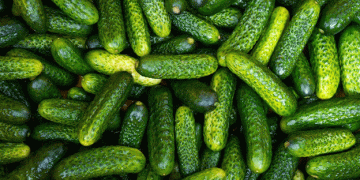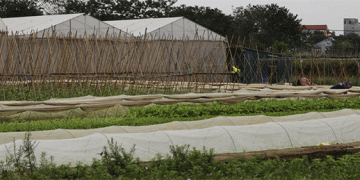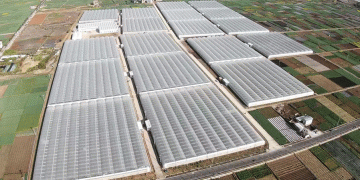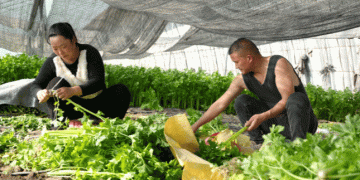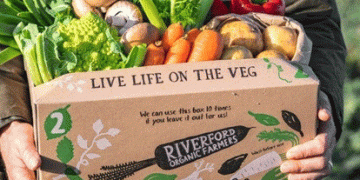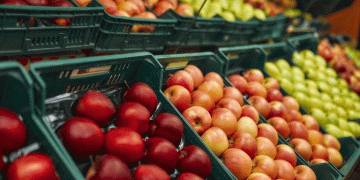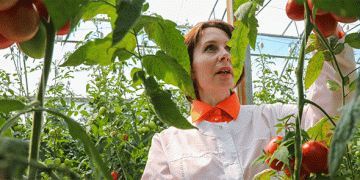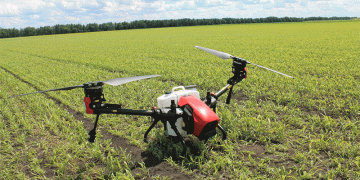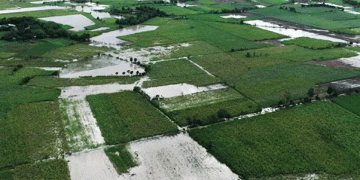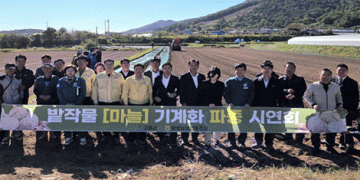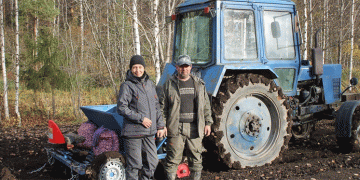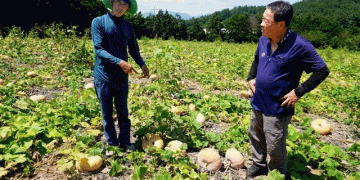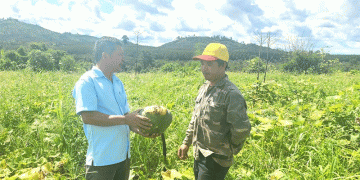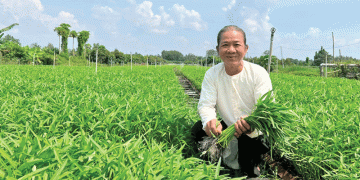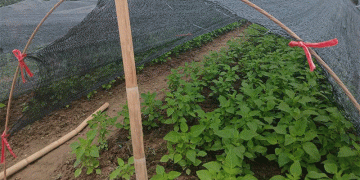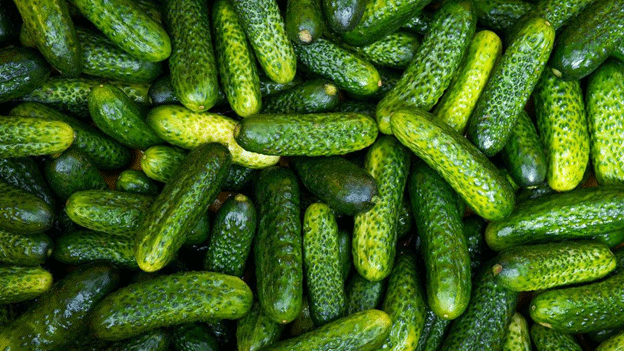In March 2025, Spain experienced unusually high rainfall, especially in southern regions such as Andalusia, impacting both fruit and vegetable production. While the rains have eased drought concerns in some areas, they have caused devastating effects on several key crops—most notably strawberries, broccoli, and cucumbers—due to an upsurge in fungal infections and transportation problems.
Strawberries Rotting Before Harvest
Huelva, Spain’s leading strawberry-producing region, saw a significant portion of its harvest rendered unsellable. With around 15–20% of the strawberry crop lost, primarily due to Botrytis cinerea (gray mold), farmers are struggling to recover financially. The excess moisture has led to fruit deterioration before it could be harvested or sold, prompting a sharp increase in strawberry prices across the European market.
Botrytis is a well-documented threat in wet, humid conditions. According to the European and Mediterranean Plant Protection Organization (EPPO), strawberry growers should anticipate outbreaks when relative humidity exceeds 90% and temperatures range between 15–20°C—conditions that were widespread in Andalusia during March 2025.
Widespread Fungal Pressure on Vegetables
The damage isn’t limited to strawberries. Crops like raspberries, blueberries, broccoli, cucumbers, and peppers in regions like Almería have also been impacted. In particular:
- Powdery mildew and Botrytis are affecting leafy crops and fruiting vegetables.
- Fertilizer leaching due to oversaturation has slowed melon and watermelon development.
- Transport difficulties are mounting as flooded roads prevent farmers from accessing fields or shipping produce.
EPPO guidelines indicate that powdery mildew thrives in cooler, overcast conditions with intermittent sunlight, matching the March climate in southern Spain. These pathogens, coupled with nutrient uptake issues in waterlogged soil, are reducing yields and quality.
Delayed Sowing and Infrastructure Problems
The heavy rains have also delayed the sowing of chickpeas, sunflowers, and other spring crops, especially in Castile and León. In provinces like Palencia and Salamanca, farmers report waterlogged fields that are too muddy for tractors and spreaders to operate safely. This has increased vulnerability to root diseases and delayed the planting window, threatening overall production for the 2025 season.
In Seville, winter cereals are suffering from root oxygen deprivation due to persistent standing water, while Cádiz faces localized flooding as drainage systems become overwhelmed.
According to Spain’s Ministry of Agriculture, over 1.2 million hectares of irrigated farmland exist in Andalusia alone. Still, only a fraction is protected with adequate water management infrastructure. Agricultural unions are now calling for:
- Investment in stormwater collection and redistribution systems
- Encouraging climate-resilient insurance programs for small and medium farms
The spring of 2025 has highlighted the double-edged nature of rainfall for agriculture. While water scarcity has been alleviated in some areas, the damage caused by excessive rainfall—crop loss, fungal outbreaks, logistical bottlenecks, and delayed sowing—has created severe setbacks for Spanish farmers. These challenges underscore the urgent need for improved drainage systems, adaptive crop management, and climate risk mitigation strategies across Spain’s agricultural sector.
